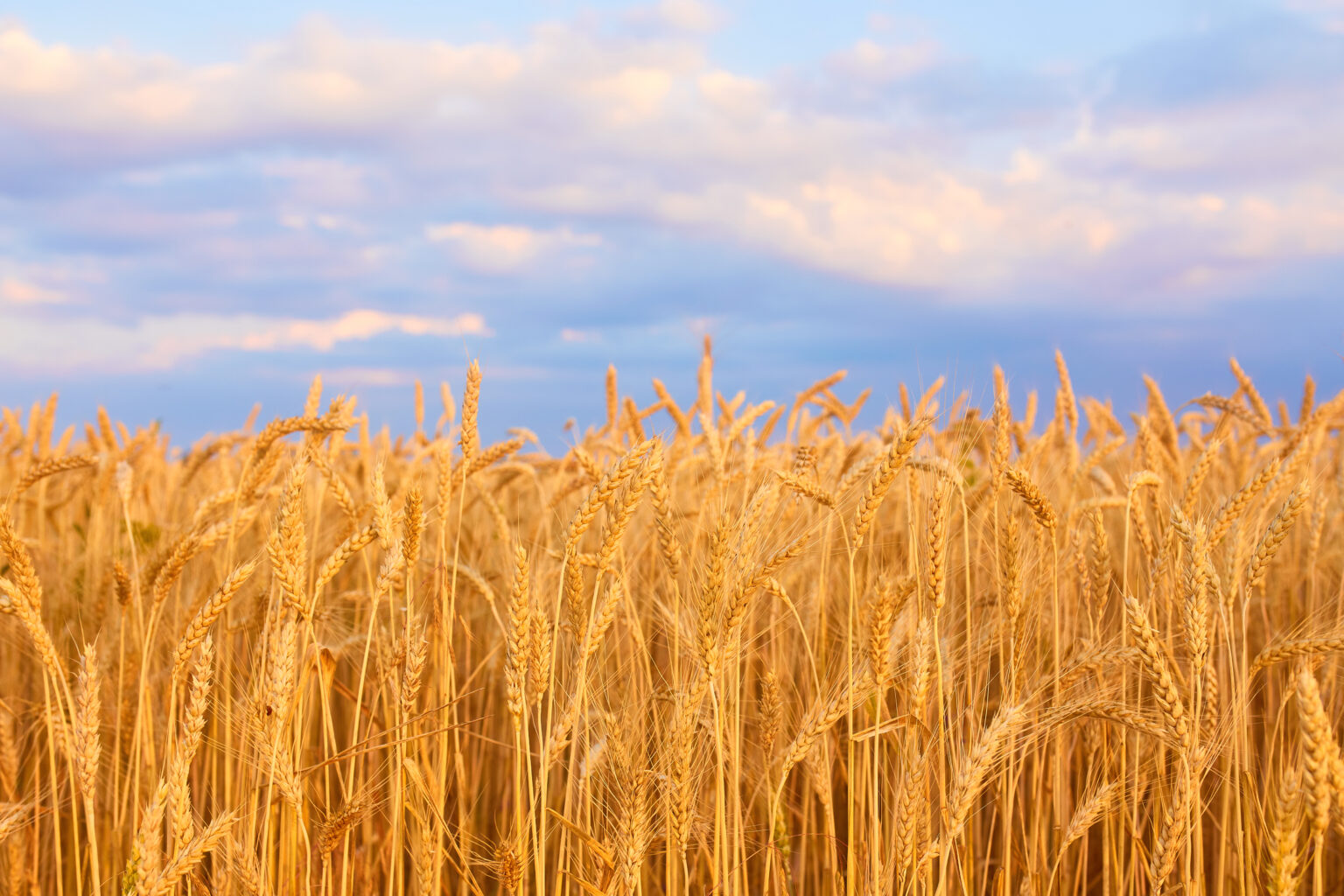Wheat is a staple food for many people around the world, but for individuals with wheat allergies, consuming this grain can lead to a range of uncomfortable and sometimes dangerous symptoms. Wheat allergies are relatively common and can affect both children and adults. Recognising the symptoms and understanding gluten-free alternatives is crucial for managing this condition effectively.
Symptoms of Wheat Allergies:
When someone with a wheat allergy consumes wheat or wheat-based products, their immune system reacts abnormally, triggering an allergic response. The symptoms can vary in severity and may manifest within minutes to hours after consumption. Common symptoms of wheat allergies include:
- Digestive Issues: Abdominal pain, bloating, diarrhea, and nausea are common digestive symptoms experienced by individuals with wheat allergies. These symptoms can be particularly problematic for children, as they can disrupt their growth and overall well-being.
- Skin Reactions: Wheat allergies often manifest as skin-related symptoms, such as hives (itchy, raised, red welts on the skin), eczema (chronic itchy rash), or swelling and itching of the lips, tongue, or throat.
- Respiratory Problems: Some individuals may experience respiratory symptoms, including coughing, sneezing, runny nose, watery eyes, and even asthma-like symptoms, such as wheezing and difficulty breathing.
- Anaphylaxis: In severe cases, a wheat allergy can lead to anaphylaxis, a life-threatening allergic reaction. Anaphylaxis requires immediate medical attention and can cause symptoms such as difficulty breathing, a sudden drop in blood pressure, rapid pulse, dizziness, and loss of consciousness.
Gluten-Free Alternatives:
Gluten, a protein found in wheat, barley, and rye, is a common trigger for wheat allergies. Therefore, individuals with wheat allergies must follow a strict gluten-free diet. Fortunately, there are several gluten-free alternatives available that can be incorporated into one’s diet:
- Grains: Opt for naturally gluten-free grains, such as rice, corn, quinoa, millet, amaranth, and buckwheat. These grains can be used as substitutes for wheat in various dishes like rice-based stir-fries, quinoa salads, or corn-based tortillas.
- Gluten-Free Flours: Numerous gluten-free flours are available in the market, including almond flour, coconut flour, rice flour, chickpea flour, and tapioca flour. These flours can be used for baking bread, cakes, cookies, and other gluten-free treats.
- Alternative Starches: Potatoes, sweet potatoes, and yams are excellent gluten-free starches that can be used to replace wheat-based products like pasta and bread. Potato starch and arrowroot starch are also useful as thickening agents in sauces and gravies.
- Gluten-Free Oats: While oats are naturally gluten-free, they are often contaminated with gluten during processing. Look for certified gluten-free oats to ensure they are safe for consumption. Gluten-free oats can be used for making oatmeal, granola, or used as an ingredient in gluten-free baking.
- Nut and Seed Butters: Peanut butter, almond butter, and other nut and seed butters are excellent alternatives to wheat-based spreads like bread spreads or sandwich fillings. They are not only gluten-free but also provide healthy fats and proteins.
Managing a Wheat Allergy:
If you suspect that you have a wheat allergy, it is essential to consult with a healthcare professional for a proper diagnosis. They may conduct allergy tests or recommend an elimination diet to determine the specific trigger.
Once diagnosed with a wheat allergy, it is crucial to read food labels carefully to avoid hidden sources of wheat. Wheat can be present in unexpected products like sauces, condiments, processed meats, and even some medications.
In social settings or restaurants, it’s important to communicate your dietary needs to ensure your meals are prepared without wheat or gluten-containing ingredients. Increasing awareness about wheat allergies among friends, family, and colleagues can also help create a supportive environment.
Wheat allergies can cause a range of uncomfortable and sometimes severe symptoms in affected individuals. Recognising these symptoms and seeking medical advice is essential for proper diagnosis and management. By following a gluten-free diet and incorporating suitable alternatives, individuals with wheat allergies can enjoy a healthy and satisfying diet while avoiding the triggers that cause adverse reactions.








